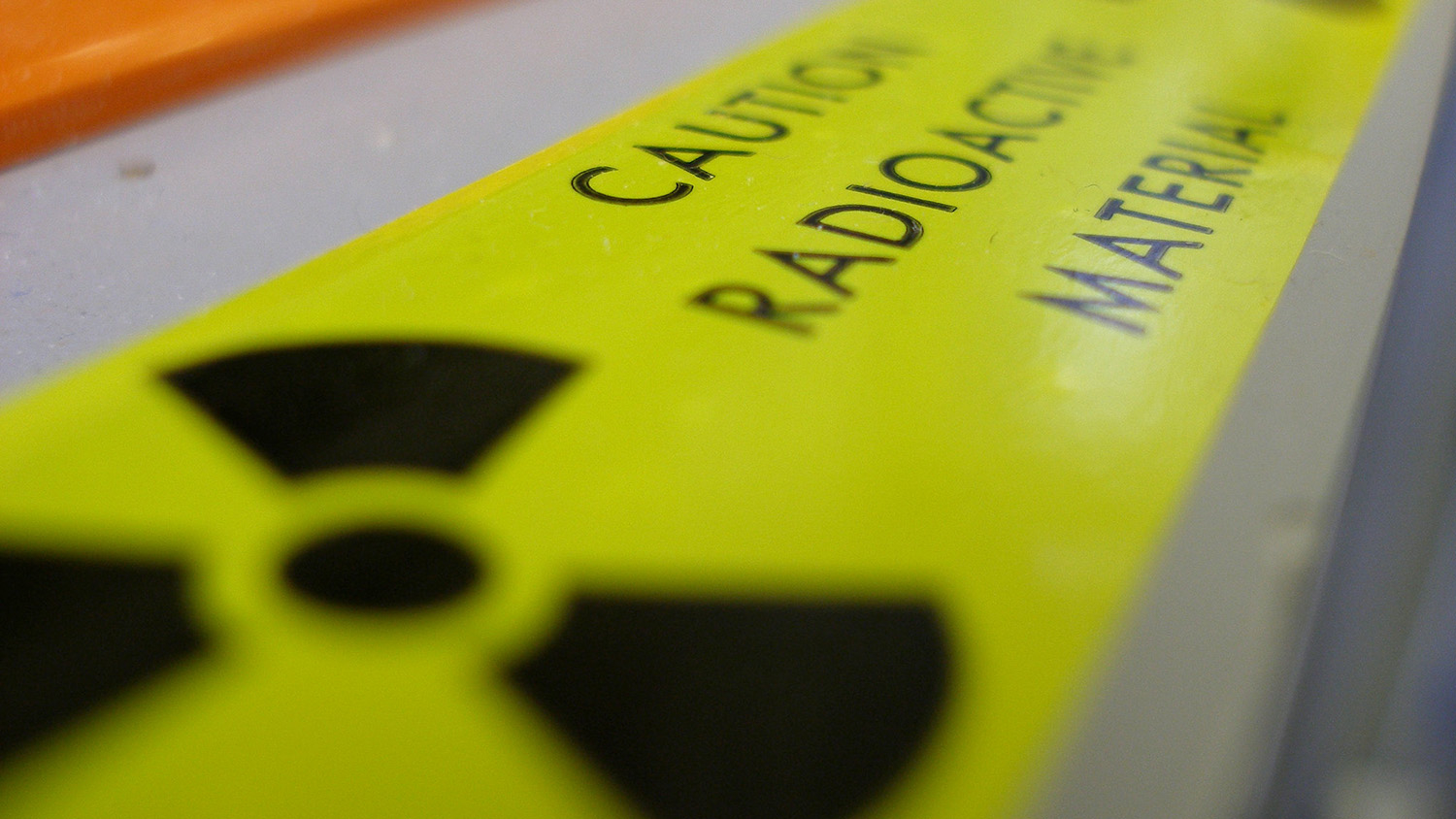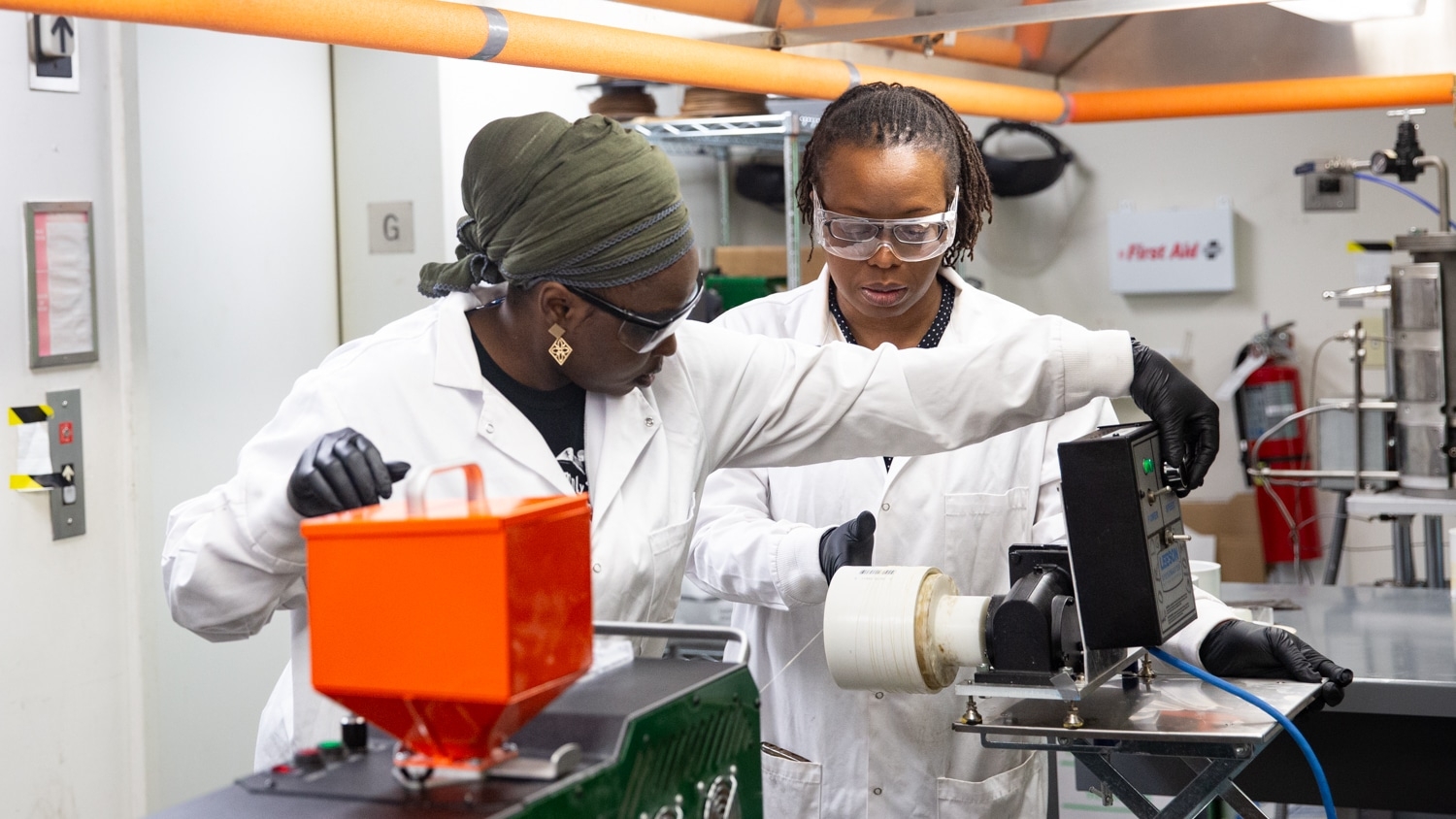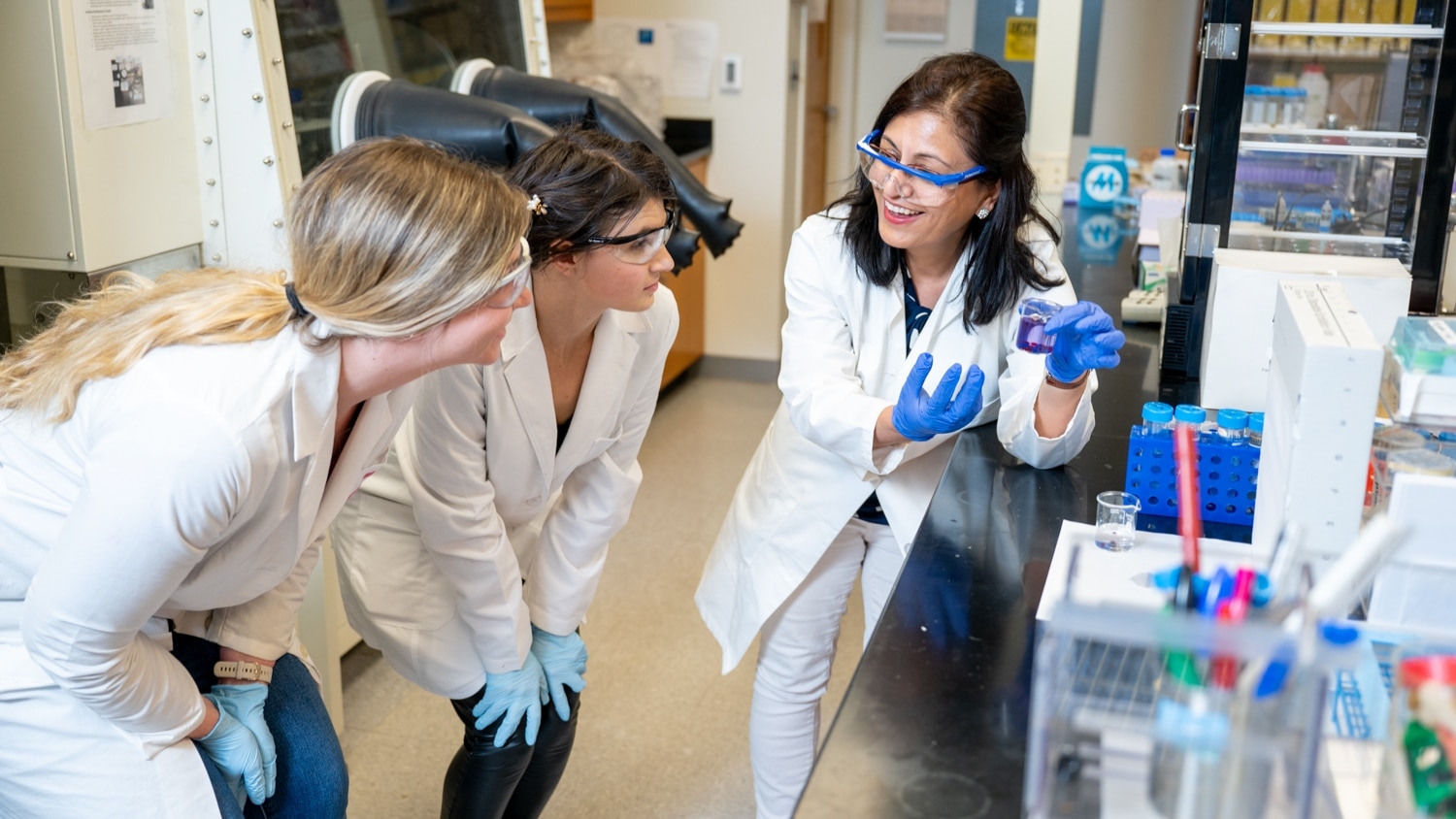Bricks can act as ‘cameras’ for characterizing past presence of radioactive materials

Researchers from North Carolina State University have developed a new technique for determining the historical location and distribution of radioactive materials, such as weapons grade plutonium. The technique may allow them to use common building materials, such as bricks, as a three-dimensional “camera,” relying on residual gamma radiation signatures to take a snapshot of radioactive materials even after they’ve been removed from a location.
“This research builds on our previous work, which was an empirical demonstration that we could turn a brick into a gamma ray spectrometer – characterizing the energy distribution of a radiation source,” says Robert Hayes, an associate professor of nuclear engineering at NC State and first author of a paper on the work.
“Our new work effectively shows that we could take an array of bricks and turn them into a gamma ray camera, characterizing the location and distribution of a radiation source,” Hayes says. “Although this time we did not use bricks, instead relying on commercial dosimeters, since it’s a proof of concept study. Also, the radiation source we imaged this time was 4.5 kilograms of weapons grade plutonium, whereas we previously used a commercial americium source for the spectrometry demonstration. In this most recent study, we were able to rather accurately predict not only the location of the weapons grade plutonium, but even the radius of the source, just with passive dosimeters.
“Even though we used commercial dosimeters here, our findings strongly suggest that we could do the same using building materials, such as brick,” Hayes says. “That’s because the silicates in brick – such as quartz, feldspars, zircons, and so on – are all individual dosimeters. It is a tedious process to remove those grains from the brick for measurements, but we have done it multiple times. For the goals of this new research, it wasn’t necessary to use brick – we’ve already shown we can do that. This was simply a question of determining how much information we could glean from this approach. And the answer is that we could learn a lot – about the size and shape of the radiation source, as well as the nature of the radioactive material itself.”
“This ability for three-dimensional imaging is a novel capability, meaning we can basically see into history in terms of what nuclear material was where or when,” says Ryan O’Mara, a Ph.D. student at NC State and coauthor of the work.
The paper, “Retrospective characterization of special nuclear material in time and space,” is published in the journal Radiation Measurements.
This work was funded in part by federal grant NRC-HQ-84-14-G-0059 from the Nuclear Regulatory Commission; and through a joint faculty appointment between North Carolina State University and Oak Ridge National Laboratory in coordination with the Office of Defense Nuclear Nonproliferation of the National Nuclear Security Administration sponsored Consortium for Nonproliferation Enabling Capabilities under Award Number DE-NA0002576.
-shipman-
Note to Editors: The study abstract follows.
“Retrospective characterization of special nuclear material in time and space”
Authors: Robert B. Hayes and Ryan P. O’Mara, North Carolina State University
Published: March 13, Radiation Measurements
DOI: 10.1016/j.radmeas.2020.106301
Abstract: A 4.5 kg sphere of α-phase plutonium was subjected to passive imaging using optically stimulated luminescence dosimetry techniques via inverse square modeling under cylindrical symmetry. The results showed angular resolution in the localization capability close to 1° due to axial resolution below 1 cm. Radial resolution was much worse having an offset of 16 cm using only point source geometry estimates for the commercial dosimeters. Using MCNP™ to reconstruct the profile demonstrated a substantial improvement in reconstructing the relative response as opposed to assuming simple point source geometry. From this, an inverse solving approach known as DRAM was used to estimate source distribution in addition to location. These results are considered regarding their implications for nuclear nonproliferation to the extent they demonstrate potential to determine whether illicit nuclear material had historically been kept in any specific location or alternatively, whether such materials had not been kept in a location they were claimed to have been stored. Having measured the materials location and knowing the integrated measurement time then allows estimating amount of material via dose (or alternatively, knowing the assay could give storage time estimates).
This post was originally published in NC State News.
- Categories:


